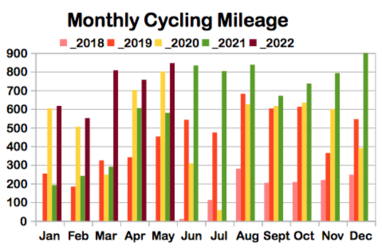Isnt the gist of it that the developments in aero narrow the speed difference between a breakaway working at full felt, and a following peoloton ? Have i missread? If so it seems much less likely the peloton will allow breakaways of more than a few minutes in future.
I think that's the gist of the article, which is an interesting hypothesis, but I really don't see how that's the case in practice as the mental and strategic side of things is much more important than the mathematical one.
Any technological aerodynamic advantage that the breakaway has is also in play in the peloton. Agree, a few years back the breakaway could be doing 45km/h and the peloton 48km/h and now it's 47km/h and 50km/h respectively. Agree, at a greater speed you will cover the last, say 10km, a bit quicker - which means the peloton has less time overall to catch the front group. But it's marginal. I guess what the author meant (in algorithmic terms) is this:
Example 1: Breakaway 45km/h, chasing peloton 48km/h, 50s advantage, 10km to go: Breakaway will cover 10km in 800s. Peloton in 750s. Difference of 50s. Bunch finish (theoretically).
Example 2: Breakaway 47km/h, chasing peloton 50km/h, same 50s advantage with 10km to go: Breakaway will cover 10km in 766s. Peloton in 720s. Difference of 46s. Peloton 4s behind (56m at 50km/h, theoretically).
So despite the speed difference being the same, because it's faster overall, the peloton has a smaller time window to catch up. So technically speaking the argument is not completely void.
That said, if you look at stage 13. The breakaway had a bigger advantage with few kilometres to go, but messed it up by trying to outsmart one another. And we did see lead-out man not being 'sacrificed' yesterday. Great cooperation from the breakaway, poor cooperation from the (thinned out) peloton.



